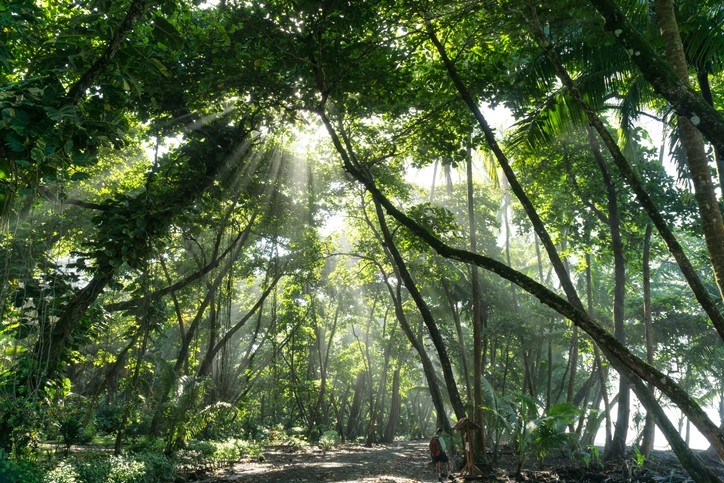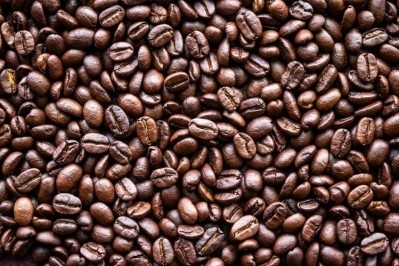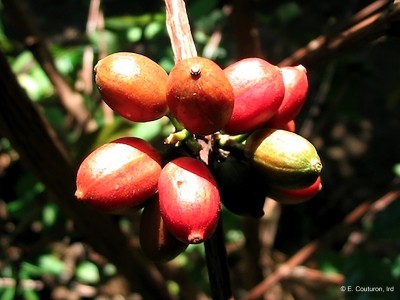‘Coffee pulp can be a cost-effective forest restoration strategy’

Coffee pulp – the residual parts of coffee left over after separating the seed from the fruit components – comprises of some 50% of the weight of a typical coffee harvest. Yet it is commonly treated as a waste product.
The nutritionally rich coffee pulp contains high levels of carbohydrates, crude protein, and lignin with a low pH – making it a valuable compost.
‘There were striking differences between the coffee pulp and control treatments’
With previous studies showing that orange waste could be used to recover forest on abandoned pasteurs in Costa Rica, researchers from ETH-Zurich and the University of Hawai`i investigated whether coffee pulp could have the same effect.
They treated an area of 35m x 40m with coffee pulp, alongside an untreated control area, in Coto Brus county in southern Costa Rica.
After two years the coffee pulp treated area had 80% canopy cover compared to 20% in the control area. The canopy in the coffee pulp area was also four times taller than that of the control area, while the coffee pulp area developed into a 'small forest/ compared to the limited non-native pasture grasses in the control plot.
Researchers say that the half-metre layer of coffee pulp succeeded in eliminating the invasive pasture grasses found in Costa Rica, instead allowing seeds from native tree species to take hold and grow.
The researchers also found that nutrients including carbon, nitrogen and phosphorus were 'significantly elevated' in the coffee pulp treated area compared to the control: an important factor given that former tropical agricultural land is often highly degraded and poor soil quality can delay forest re-growing for decades).
In the study, coffee pulp was sourced from a local farm, although the researchers note that transportation costs, feasibility and emissions would have to be taken into account in other contexts. Application would also need to be limited to relatively flat land where risk of runoff impacting watersheds can be managed. And more research will be needed to see if the results are replicated over different land conditions and over periods of time.
“Within the first two years, there were striking differences between the coffee pulp and control treatments,” note the authors. “Caveats notwithstanding, this study points up the significant potential for using agricultural waste to jump start forest succession on degraded tropical lands.”
Ultimately, the technique could even be applied to other waste products from large scale production.
"We hope our study is a jumping off point for other researchers and industries to take a look at how they might make their production more efficient by creating links to the global restoration movement."
Coffee pulp: from waste to resource
The composition of coffee pulp has made it an interesting by-product for development in multiple uses. And yet if badly handled, it can have a major environmental impact on water, soil, flora and fauna: and so management presents a challenge to coffee producing regions around the world - particularly given the sheer volume produced every year as farmers seek to meet demand for the bean from coffee-loving nations.
Coffee pulp can be used as a fertilizer, while alternative uses of have ranged from animal feed (fermented coffee pulp can improve nutritional value) and biotechnology (for example, vinegar production, enzyme production and caffeine degradation).
In the food industry, its high iron content, high polyphenol and antioxidant content and high levels of dietary fiber also make it interesting to brands looking to create functional and fortified products.
In the UK, The Coffee Cherry Co. has been upcycling pulp as milled cherry flour and selling it as an ingredient for use in beverage, bakery and confectionery applications. And Nestlé Australia has used upcycled coffee berries as the base for its Nescafé NATIV Cascara – an ‘adult social beverage’ described as ‘floral and fruity’ but less sugary than most sodas.
Study source: Cole, RJ, Zahawi, RA. Coffee pulp accelerates early tropical forest succession on old fields. Ecol Solut Evidence. 2021; 2:e12054. https://doi.org/10.1002/2688-8319.12054








